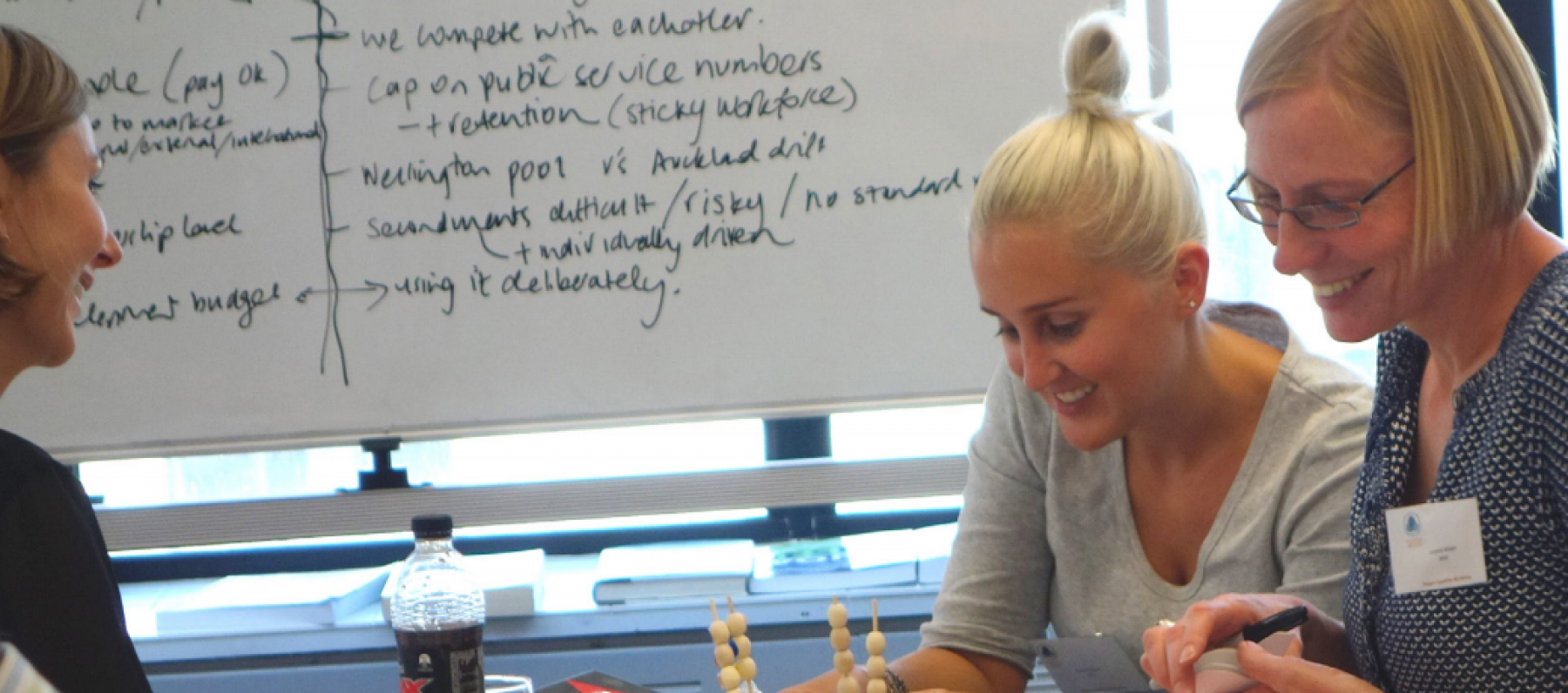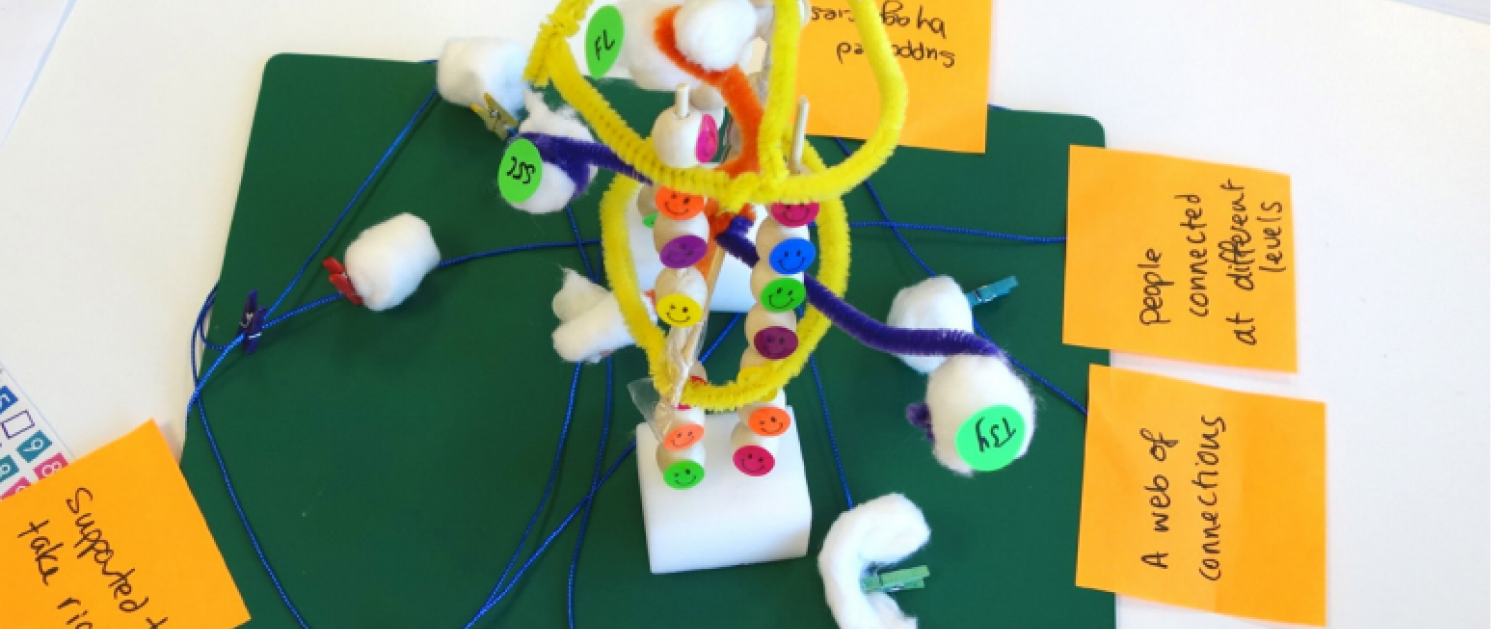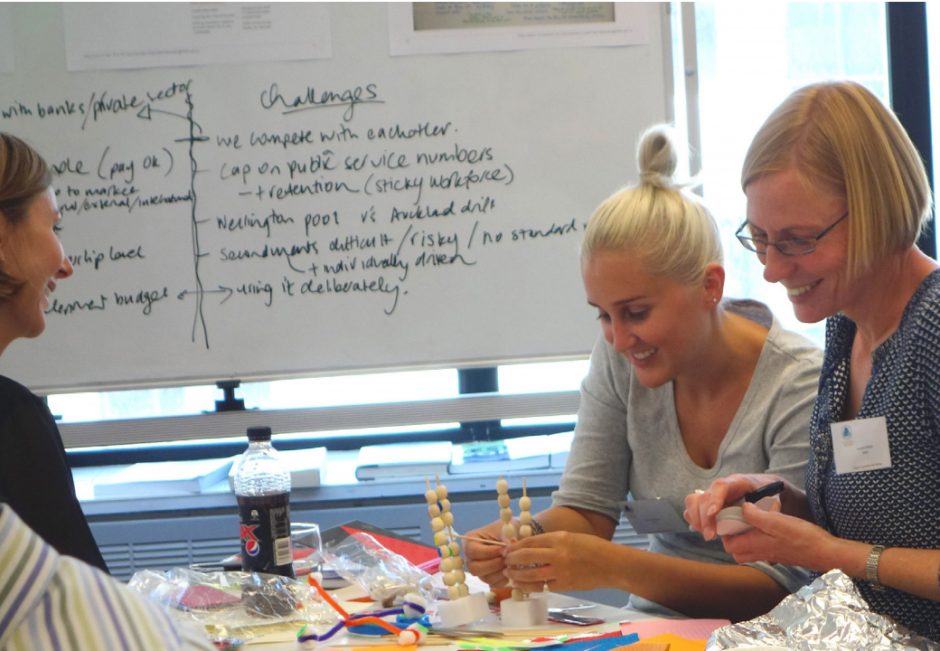Sign up for our monthly newsletter

How design thinking helped transform the way an entire nation makes public policy
It’s an ambitious goal to say the least: attempting to transform the way an entire nation makes and executes public policy.
But it’s one that is well-suited to the ThinkPlace methodology and a challenge that our Wellington studio - working with a coalition of policy leaders, young analysts and all those in between - took on with relish.
The Policy Project, as the innovative result is named, was designed to tackle inconsistencies in the quality of advice being produced by government departments.
It provides New Zealand public servants with a set of tools to reimagine how they do their work, bringing a set of common practices and processes that work across different areas of government and administration.
And its influence – already being felt in New Zealand – could expand further.
The project “has the potential to deliver longer-term benefits to New Zealand” and could be a good model for Australia to follow, conclude former Policy Project director Sally Washington and ANZSOG Professor of Public Management Michael Mintrom in a recently published paper.
Washington, from her position within the New Zealand Department of Prime Minister and Cabinet, led the project group. Their work has also received recent media coverage (such as this piece in The Mandarin).
ThinkPlace New Zealand Founder Jim Scully, who worked as a design coach with the project, says its success is due to the fact that Washington and her team took a truly collaborative approach to development.
In doing so, not only did the project create a new policy framework – it also created a coalition that contributed insights and supported the new model's adoption. And that meant allowing public policy to be designed with greater consideration at all points of the process for the voice of the person it is being created for.
“It is better to get their input early and often,” Scully says. “Rather than just as part of a consultation process at the end, when something has already been designed.”

In a world that is becoming increasingly complex, policy challenges are more complex also. That makes it vital to get the right people - with the right mix of specialist expertise - collaborating across government departments and the private sector.
“The New Zealand policy leaders collectively understood they needed new ways to collaborate and models for building the coalition of experts you need to develop good policy for the future,” Scully says.“And the existing policy skillset needed to be adjusted to recognise these new requirements.”
At the heart of this were two principles that are central to the ThinkPlace methodology.
The first is Co-design (our ability to work with policy makers from across New Zealand to develop, prototype and test a new framework that delivers for everybody).
The other is human-centered design (our experience at navigating complex systems to create new ways of doing things that put people at the heart of designing the systems they must use and navigate).
Amongst other advances, the new framework also successfully addresses the power imbalance that can exist in policy development by equipping policy developers with the skills, tools and confidence to seek evidence and insight from those who will be affected by new ways of doing things.
And there has been one other positive consequence.
"By co-designing frameworks for improving policy quality and capability, policy practitioners learned human centered design skills," Washington says. "They learned by doing and they could then put those skills to use in their day-to-day policy work."







